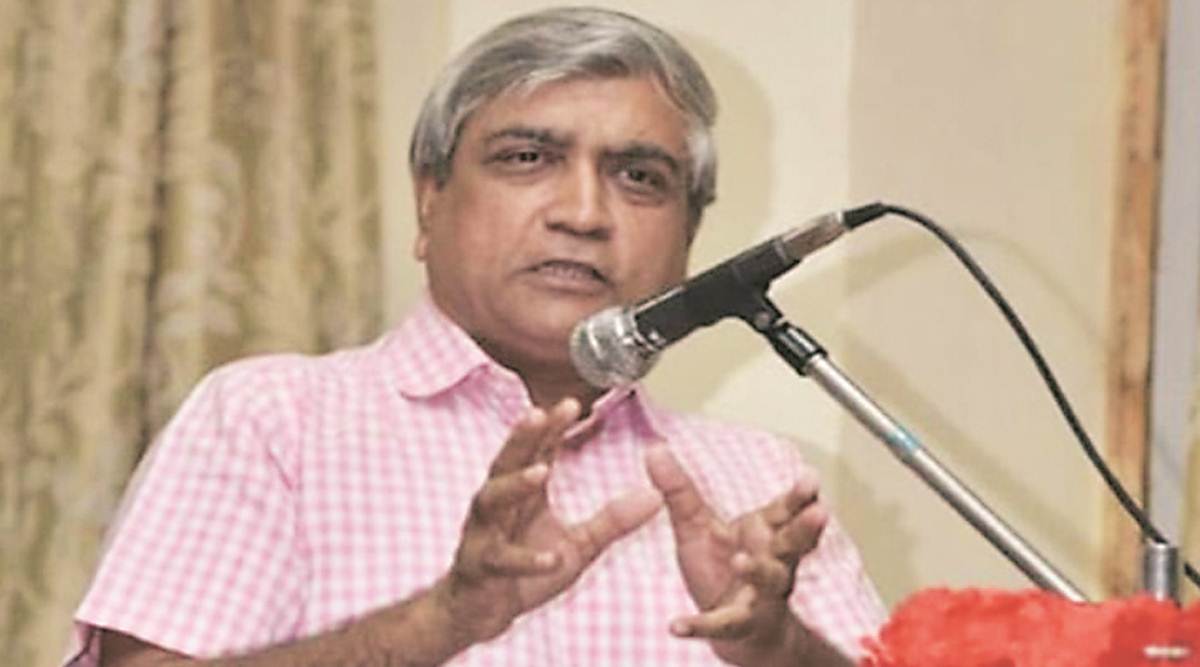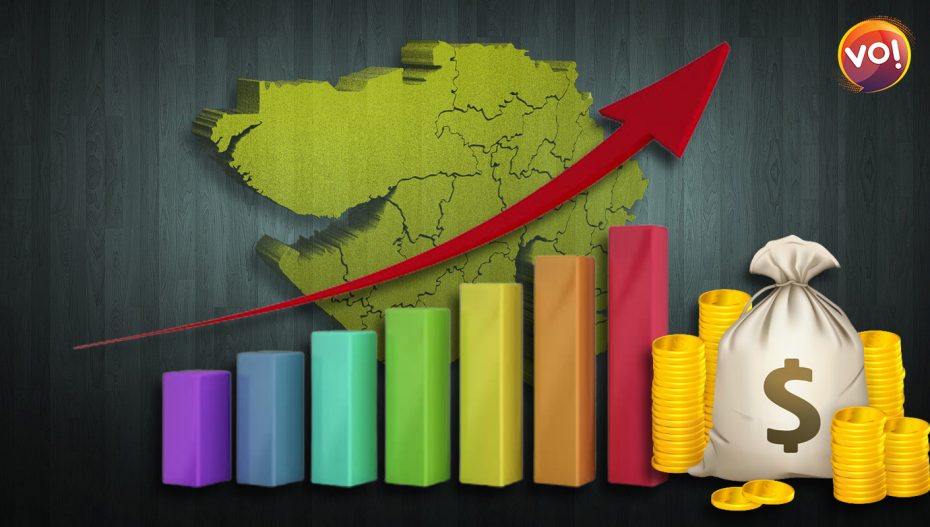In just two years, Gujarat will add Rs 1 lakh crore in its cumulative public debt. The state’s estimated debt will rise from Rs 3,49, 789 crore for 2022-23 toRs 4,49, 810 crore by the end of 2024-25. The debt in Gujarat is almost twice the amount of the budget. Gujarat Model of Development has always been acclaimed but not critically assessed and therefore this result.
In October 2001, when Gujarat got a new chief minister the debt stood at Rs 53,000 crore. When he exited, the debt doubled to almost Rs 1,65,000 crore. Ever since, the state has followed a pattern of public borrowing and calling it a “successful model.”
Gujarat’s public debt has been consistently rising since 2004-05. Earlier in 2018-19 the cumulative debt increased to Rs 2,40, 652 crore from Rs 23, 314 crore in 2017-18. The then state finance minister, Nitin Patel, expressed lack of concern while stating the increasing debt of Gujarat. The trend follows and it is essential to break down the model of Gujarat’s debt.
While critics consider this a very “heavy debt burden” on the state coffers, Gujarat government officials do not think there is anything alarming here, as one should look at the ability of a state to pay debts instead of talking of debts in absolute terms.

Among ways being discussed to deal with the debts are:
Increase Taxes: Increase taxes levied on goods, services and in general on the aam janta. In US and European countries, the tax-GDP ratio is 25-55 percent, while in India the ratio is less than 10 percent. In Gujarat the ratio is less than 7 percent. This means that the state government is collecting less amount through taxes. Tax is a political issue. Debt is not a political issue. It is an economic issue. Increasing debt may not lead to uproar among the public as much as increasing taxes can.
According to economist Hemant Shah: “Gujarat elections are due this year and therefore the government at Central and state levels chose to stay away from making any changes in tax slabs. The Gujarat government didn’t levy any further taxes during the recent budget.”
Evaluate Government Spendings: The state is several thousand crores deeply in debt but the important question is what is the money spent on. “Much of the spending was and is on showpiece infrastructure projects, while spending on health and other social sectors were and are low,” adds Shah. There are little measures to justify the enormous debt that the government is incurring every year.

Re-assess sources of borrowing: There are two types of borrowings. First, internal debt consists of Indian banks, organisations, financial institutions and everything within India. Second, relates to the external. It consists of debt from the World Bank, Asian Development Bank (ADB) and other financial institutions from outside India.
Internal debt is never the problem but Gujarat’s external debt is definitely one. “Gujarat government’s fiscal statement does not specify the amount of external debt and that’s where the problem is. We do not know how serious the problem is,” explains Shah.
Increase Revenue: It should be noted that the debt of the Gujarat government is increasing by leaps and bounds. Meanwhile, and a bit due to the pandemic, the government’s revenue has stagnated. India has the highest sub-national debt as compared to other BRICS countries.










